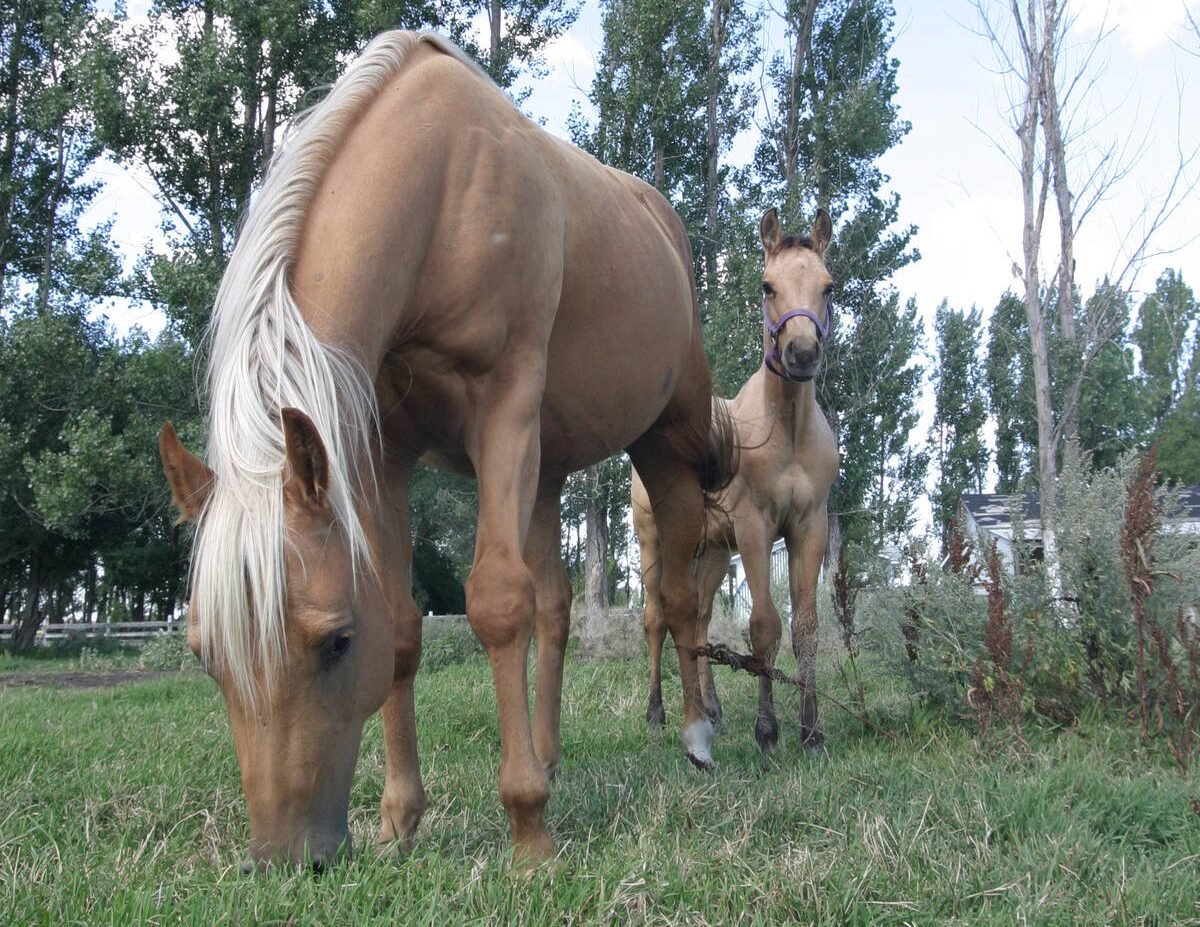As the hog sector meltdown unfolds after several decades of incredible growth, it is fair to ask if the industry’s business model that led to that growth was flawed.
It was a business model, particularly on the Prairies, based on the assumption of cheap feed, a cheap dollar and access to the American market for Canadian animals.
All of these are moveable targets.
So was it a $5 billion industry built on an iffy business plan?
“Absolutely not,” says industry leader Jurgen Preugschas, a Mayerthorpe, Alta., producer and president of the Canadian Pork Council. “It was not a flawed business plan. It was a business plan based on the signals we were getting but government regulations caused it to fail.”
Read Also

Growth plates are instrumental in shaping a horse’s life
Young horse training plans and workloads must match their skeletal development. Failing to plan around growth plates can create lifelong physical problems.
It is an interesting argument that has more than a bit of truth to it. It also is an argument that has several basic flaws.
But first, the true bits.
The modern Canadian and prairie hog industry truly is a creature of government policy. In the 1970s and 1980s, the industry was plagued by fluctuating supply because of so-called “inners and outers” who produced pigs when grain prices were low and then abandoned the industry when grain prices or other commodities rose.
Starting in the 1980s, governments made policy choices that created the modern industry that peaked in 2005.
Federal governments in the 1980s began to undermine the Crow rate that kept prairie feed prices high. The Liberals finished the job in 1995 with a promise that loss of grain income would be more than offset by value added.
Pork producers, come on down.
Conservative and NDP provincial governments co-operated by dismantling single desk hog boards, believing that egregious example of farmer market power would discourage multinational packers from investing in plants.
Then federal Conservative and Liberal governments signed free trade agreements that allegedly removed North American borders.
Then national policies and economic mismanagement led to a Canadian dollar in the 60 to75 cents US range.
It was a perfect combination of policies to encourage value-added hog production and the industry blossomed. But a variety of factors, including government support of ethanol production, have raised feed prices.
The Canadian dollar has appreciated 20 cents or more because Canada’s economy is healthier than the debtor nation that the U.S. has become.
And something as trivial as a free trade agreement will never stop American protectionists from enacting programs like country-of-origin labelling.
So each of those government policies led not to the Promised Land but a snake swamp for hog producers.
Then the industry compounded the risk (this is the industry-argument flaw) by reducing its presence in its most stable and lucrative market – Canada – while building an industry business based on selling weanlings to the U.S., where they are fattened, killed, processed and often sent back.
If there is a more classic example of the traditional Canadian complaints about being “hewers of wood and drawers of water,” it is difficult to imagine.
We are good at producing “baby pigs,” said Preugschas. The Americans have a cost structure that makes them more efficient at adding value.
And jobs. And income. Besides, some of that feed “advantage” is subsidy driven.
Flawed policy presumptions and flawed business plans are a bad combination.














